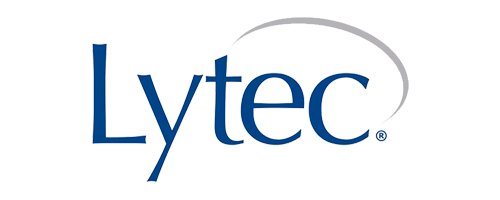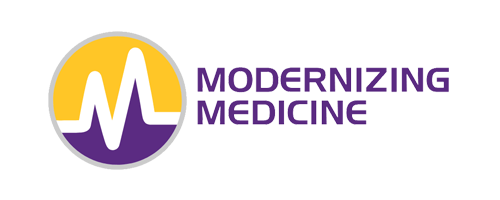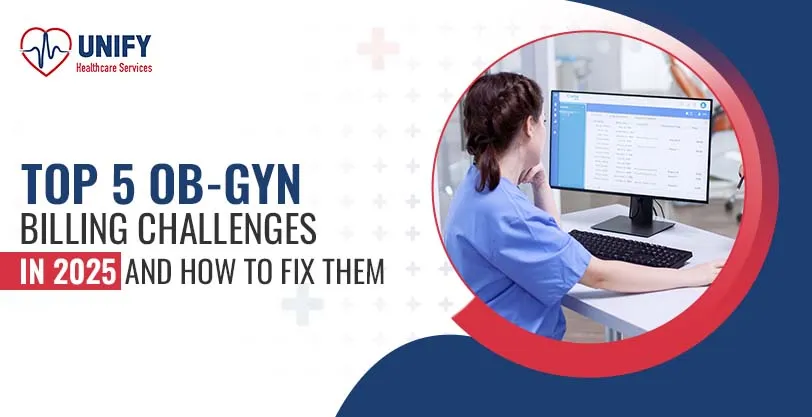Revenue cycle management is used very frequently in medical billing. It refers to managing the financial operations of a medical practice, clinic, or a hospital. It includes all the tasks from patient registration and insurance verification to claims management and collections.
You must have got a rough idea of revenue cycle management. In this blog we will learn about the front-end and back-end processes of revenue cycle management in medical billing. These processes must be fulfilled with care as they are a huge part of the entire revenue generated by the company.
Different Phases of Revenue Cycle in Medical Billing
The revenue cycle in medical billing can be segregated into three main phases: front end, middle, and back end.
The front-end medical billing starts when the patient calls to fix an appointment, pre-register procedures and meet the financial counselors to determine what treatments would be covered by the insurance. This is all done before the patient arrives for care.
After this we have the middle phase where the patient is admitted. The healthcare manager keeps a tab of the care provided to the patients while the coders assign accurate billing codes to catch the treatment. The health information specialist carefully organizes the patient’s medical records in this phase.
Ultimately, the back-end medical billing phase includes creating and sending bills, collecting payments from insurance and patients, and handling any rejected or unpaid claims. The billers send invoices to the insurance companies and patients. Collectors receive and post payments while the staff deals with denied claims or any unpaid claims that may end up as bad debt. Though healthcare organization is dependent on all three of these phases, the front and back end are majorly responsible for revenue cycle management.
Let's understand these two phases in detail.
Front End Revenue Cycle
The front end signifies the operations that are completed by the front desk. Tasks such as patient registration and insurance and entering accurate information are managed by the front desk staff. In addition to this, the front desk holds the responsibility of creating medical claims and submitting them to the insurance providers for accurate reimbursements for the treatments provided by the physician.
Elements of Front-End Revenue Cycle
The revenue cycle management starts with the initial step of collecting patient information. The front desk fulfills the duties to fulfill the front-end revenue cycle operations. The front-end elements are as follows.
Patient Scheduling & Registration
This is the first step in the revenue cycle. The front-end staff records the patient’s appointment during their visit. The staff documents the necessary information like the patient's name and insurance ID. This information is then entered accurately into the system.
Insurance Eligibility & Authorization
After the registration process, the next phase is to verify the patient’s eligibility and authorization. The front staff checks the insurance coverage details to submit the claims without any errors to the insurance payer.
Patient Check-In & Check-Out
During the check-in process the administrative staff confirms the accuracy of patient information and collects copayments. The check-out process includes scheduling follow-up appointments while handling any additional paperwork.
Charge Capture & Coding
In this phase the staff documents the services provided to the patient for charge capture and assigns accurate medical codes and their modifiers for smooth and transparent billing.
Claim Submission
After the above steps are completed, the staff submits the claims to the insurance provider. This ensures accuracy of patient details, insurance details, medical codes, and the correct modifiers to submit the claims successfully.
Back-End Revenue Cycle
The back-end revenue cycle includes the functions fulfilled by the billers and coders. This covers claims management, payment reconciliation, denial management etc. The back-end staff tackles the claim denials and utilizes claim scrubbing to submit the claims on time and collect payment from the insurance provider.
Elements of Back-End Revenue Cycle
While the front-end staff completes their operations, the back-end staff controls the revenue cycle process in the next phase. The back-end revenue cycle comprises:
Claims Management
In the initial process, the back-end staff checks and monitors the submitted claims. They make sure that the claims submitted are accurate and accepted by the insurance payor. They track the information related to every claim. If any claim needs any sort of necessary modifications, they are rectified, and the details are provided in the claim forms.
Payment Postings
In this phase the staff confirms the payments are posted in the patient’s account. They check the payment details on the bill and verify them according to the insurer. If there is any sort of error in the payments, the billers rectify them and discuss it with the patient to correct and ensure accurate payment posting.
Patient Collections
In this stage the billers follow up with patients about the remaining balances. The discussion is done with the patient to document accurate details regarding the balances and then proceed with the remaining share for the final payment by the insurer.
Denial Management
If a claim is denied by the insurance provider, the back-end staff resolves the issues proactively. They determine the reason of denial, conduct comprehensive research, address the issue and fix the claim denial to get faster reimbursement.
Reporting & Analytics
In the last stage of the back-end revenue cycle, the staff collects required data and prepares the financial reports using essential tools like the practice management software. The reports are then used to analyze the inaccuracies that help the providers make necessary improvements to enhance the billing processes.
Difference Between Front-End & Back-End Revenue Cycle
The primary focus between front and back end of medical billing revenue cycle lies in their focus areas.
The front end focuses on the steps taken before medical services are provided to the patient, making sure that all the requirements are available for a smooth billing process.
How to Optimize Your Revenue Cycle Management?
Revenue Cycle Management is the backbone of every healthcare practice. Ultimately it is a business that runs on finances and needs to earn money for their survival. Patient care is a major responsibility of healthcare organizations, however, without proper financial structure the practice is destined for failure.
Outsourcing is a great way to manage your revenue. Especially if you are a healthcare practice based in Los Angeles, the complexities ae merely huge.
This is where professional medical billing companies like Unify Healthcare Services can help you. We are experts when it comes to medical billing. With a team of enthusiastic and professional employees we take away the burden of administrative tasks from your shoulders and give you time to focus on your sole expertise. Finding us is very easy. Simply search medical billing services Los Angeles and you will find us in the top results. That's how good we are!
We believe every healthcare practice should get accurate reimbursements for all the treatment rendered to the patients. We do not just provide our medical billing services, but we provide mental peace.




















.webp)




 1.jpg)